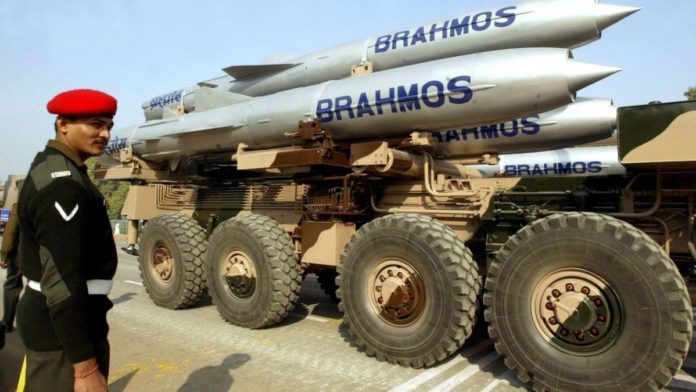The 500 km-run Brahmos cruise missile, 800 km-range Nirbhay cruise missile alongside Akash surface-to-air rocket (SAM) with an ability to target airborne dangers 40 km away are at the center of India’s stalemate weapon discouragement to People’s Liberation Army (PLA) rocket sending in Xinjiang and Tibet area.
While the PLA’s western theatre command has conveyed deadlock weapons up to 2,000 km go and long-extend SAMs in Tibet and Xinjiang after the Ladakh stalemate began, individuals acquainted with the issue revealed to sources that the supersonic Brahmos, subsonic Nirbhay just as Akash have been sent to counter them by India in the most dire scenario. The Chinese deployment isn’t restricted to Aksai Chin however is situated inside and out situations from Kashgar, Hotan, Lhasa, and Nyingchi along the 3,488 km Line of Actual Control (LAC).
India’s pillar in the stand-off weapons is the Brahmos aerial and air-to-surface cruise missile with its 300-kilogram warhead which can deal with airstrips in Tibet and Xinjiang, or a warship in the Indian Ocean.
The Brahmos missile has been sent in adequate numbers in the Ladakh area with the choice to convey the stalemate weapon from a Su-30 MKI warrior. Moreover, the Brahmos can be utilized to make stifle focuses in the Indian Ocean utilizing the Car Nicobar air base in India’s island regions. The IAF’s Car Nicobar air base is the advanced landing ground for SU-30 MKI’s which can utilize aerial refuellers to secure against any PLA warship danger originating from the Strait of Malacca to Sunda Strait across Indonesia, a senior government official said.
While a limited number of Nirbhay subsonic missiles have been delivered and sent, the stand-off weapon framework has a range that can reach up to 1,000 km and has both ocean skimming and loitering ability. This implies the missiles is fit for flying between 100 meters to four km from the ground and get the objective before drawing in it. The Nirbhay missile has just a surface-to-surface form.
The third stalemate weapon utilized by the Indian military is the Akash SAM, which has likewise been conveyed in adequate numbers to counter any PLA airplane interruption over the LAC in Ladakh part. The PLA Air Force contender action in involved Aksai Chin proceeds but at a diminished level. However, there is concern over PLA air activity across the Daulet Beg Oldi sector near Karakoram pass.
The Akash missile with its three-dimensional Rajendra, passive electronically scanned array radar that has the ability to follow 64 focuses at once and all the while draw in 12 of them. The missile has the ability to connect all elevated targets including military aircraft, voyage rockets, and ballistic rockets.

